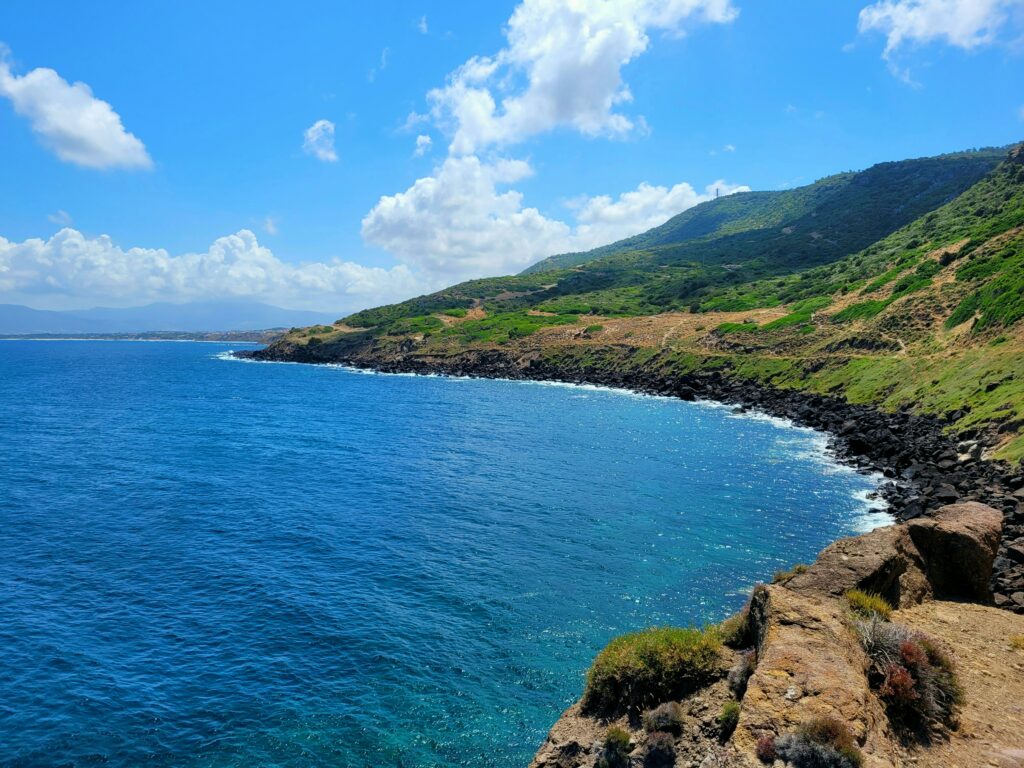
On 26 January 2024, the “MEFISTO – Hydrothermal versus microbial MEthane release From very shallow coastal systems: can differently sourced emISsions directly escape intO the atmosphere?” project was successfully launched.
Coordinated by the National Institute of Oceanography and Applied Geophysics (OGS), MEFISTO is financially supported by the European Union through the Fund for the National Research Programme and Research Projects of Significant National Interest (PRIN) in the framework of NRRP – Next Generation EU Mission 4 “Education and Research”.
The project aims to define the actual contribution of the marine coastal areas to the atmospheric methane (CH4) budget and, besides the OGS, also involves the National Institute of Geophysics and Volcanology (INGV). It is crucial to have precise data on the natural fluxes of CH4 in the coastal areas in order to exactly calculate the global atmospheric budget of this greenhouse gas and thus adopt effective climate mitigation strategies. In shallow marine environments, CH4 can, in fact, escape directly into the atmosphere by rapidly bypassing the water column through bubble transport.
Therefore, MEFISTO, over the next two years, MEFISTO will specifically focus on reducing uncertainties in the estimation of natural methane fluxes in marine coastal environments. The study, combining classical physical, chemical, and molecular methods with innovative hydroacoustic approaches, will aim to assess which forcings favour or prevent the release of this gas into the atmosphere in two Italian areas: a biogenic gas emission area located on the Trezza Bardelli (Northern Adriatic Sea) and the submarine hydrothermal system off the Panarea Island (Southern Tyrrhenian Sea).

